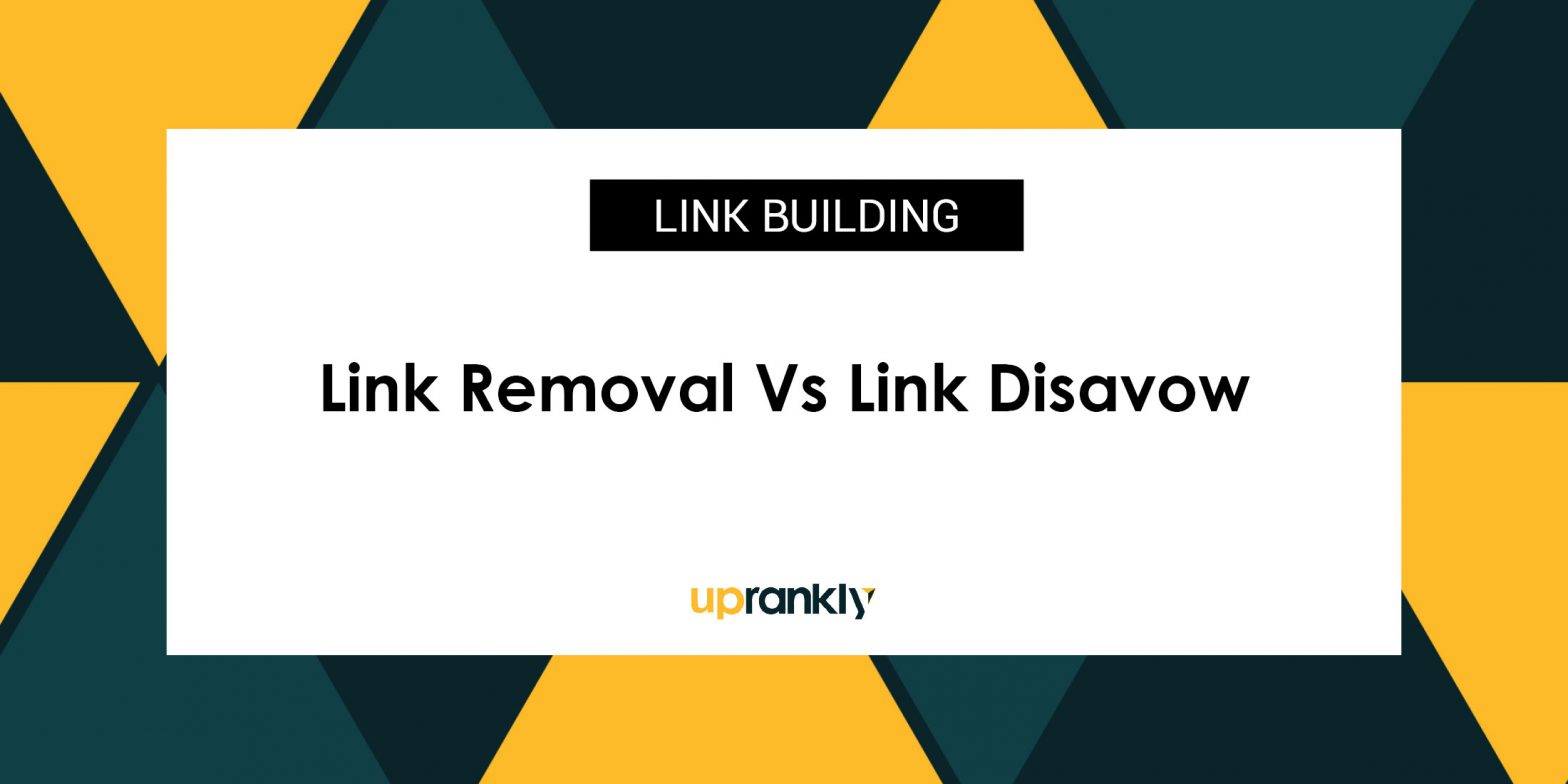Being negatively affected by Google is never much fun; algorithm changes like Penguin can get you trying to remove unnatural links as quickly as possible.
So the question is what is better? Link removal by contacting webmasters or using the Disavow tool? What effect will this have on your page ranking (SERP’s) and what does Google say on the subject?
The Penguin algorithm is how Google understands the overall quality of your backlinks. What Google wants is natural links that do not look like you are manipulating the search engines.
A lot of this is based on how you build links and that your links are good quality so that Google will have trust in your site.
If you have been penalized you need to do a thorough cleanup of all of your unnatural links. It is often better to hire a team of professionals to do this for you as it is a daunting task.
Of course, if you are a savvy marketing type, you can do this yourself, just prepare to spend at least an hour or more a day for some time to fix the problems.
The difference between the Penguin algorithm penalty and a manual penalty
The first thing you need to understand is the difference between the Penguin algorithm penalty and a manual penalty for having unnatural links.
If you wonder if you have manual penalties, you’ll need to go to webmaster tools and check on search traffic and then manual actions. If there is an explanation of an action along with a red button that says request review, then you have received a manual penalty.
If you see that there are no manual webspam actions, then you do not have a manual penalty, and more than likely any penalty you are receiving is a result of the Penguin or some similar algorithm.
The Penguin Algorithm Symbol:
Unfortunately, Google will not give you a notification via webmaster tools if you’ve been affected by one of the algorithm changes.
If you see a large drop in organic traffic that coincides with the date of an algorithm tweak or change, then there is a good chance that you were affected by Panda, Penguin, Hummingbird, Pirate, etc.
I mention this because it is important that if you have a manual penalty these specific links should be fully removed and not just disavowed.
Manual Penalty:
All actions that you make changes to any manual penalties are reviewed by one of Google’s Webmaster spam team members.
Google wants to see that you have made an attempt to contact site owners, and also do whatever it takes to clean up any of your self-made unnatural links. Once this attempt has been made, and you have not received any response.
Link Disavow
You can then use the disavow tool to request that Google will not use the domains in the disavow links considered for any page rank or SERP’s computations.
If you’re dealing specifically with an algorithm problem, remember that no Google Webmaster spam team member is going to review your efforts.
In February of 2013 Google employee, John Mueller was asked whether disavowing is considered to be as good as removing links when it comes to our rhythms that are affecting webmasters like Penguin, etc.
Here is what he said:
Penguin is an algorithm, so it’s not really going to try to read your emails and figure out if you’re doing the right thing in trying to get that cleaned up. So, with regards to algorithms that look at these links, obviously not having those links on the website is a great thing because then we don’t have them to take a look at. If they’re in the disavow file and we’ve recrawled them, then obviously they also won’t be used for that algorithm. But, past that, it’s not going to try to make any judgment calls as to whether or not you tried to clean it up or not.
Later in this video, John goes on to explain that utilizing the disavow tool with any algorithm penalty is always the best way to deal with this situation. This is because there are actually ranking signals that will benefit your site if the same links that were causing the penalty are now seen in the disavow file.
John also mentioned that removing toxic links was essentially seen in the same context if done manually. So it certainly looks like there are good reasons for removing any bad links manually that you can.
This is especially true if you control these links so that you can stop new links from replicating. How?
If, for example, an older article you’ve written, gets syndicated this can create more toxic links. Removing the entire domain might be necessary.
This will also improve your backlink profile drastically. Overall you will create a more natural appearance in your link building thus reducing the opportunity for being affected by ongoing algorithm changes.
Also, remember that the disavow tool is not 100% guaranteed that any domain or link associated with it will be completely removed. This is especially true with subdirectories that can link to the main root domain that you might find you’re still being penalized for.
Removing all links from the toxic location may be the only way to fix these penalties.
Always remember that manually removing your links first, especially if you have control over them, should always be your best option.
While this may be a lengthy process, if you want help, I highly suggest you contact our team of professionals as we can explain the process more thoroughly and get your website back into the rankings that it deserves.
